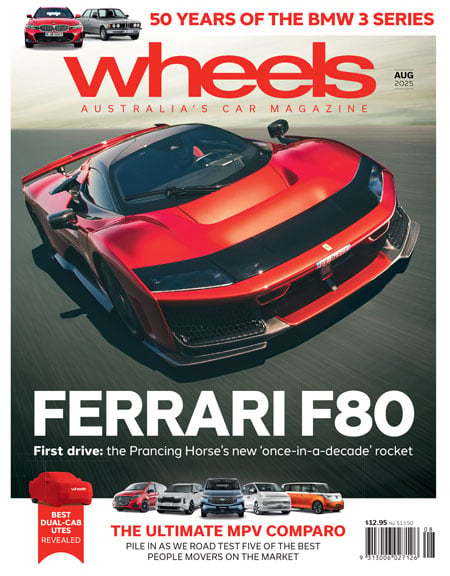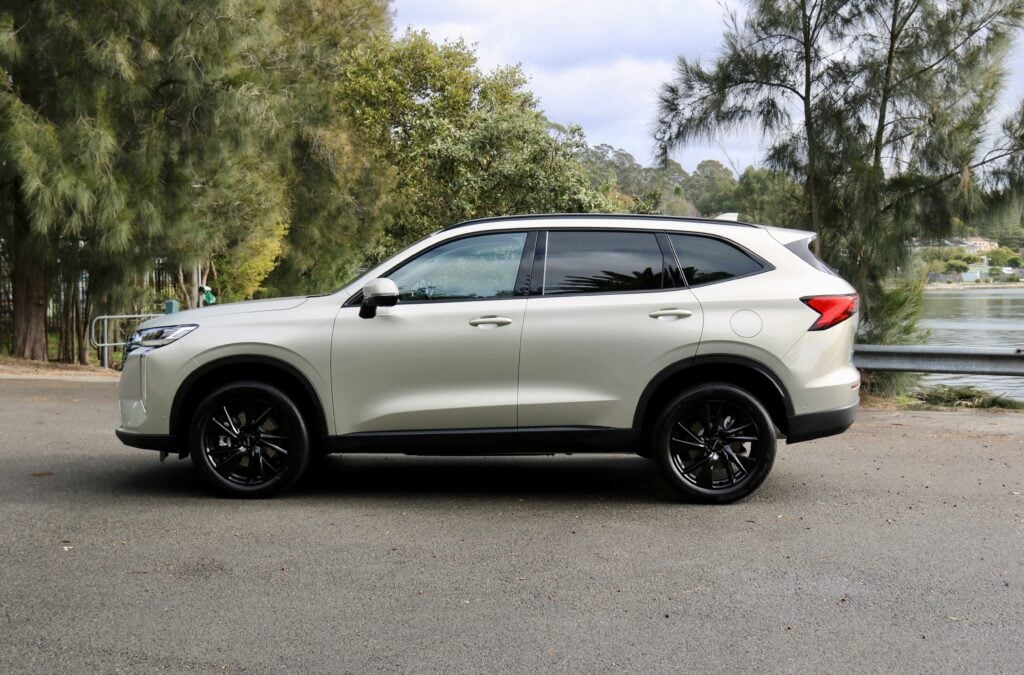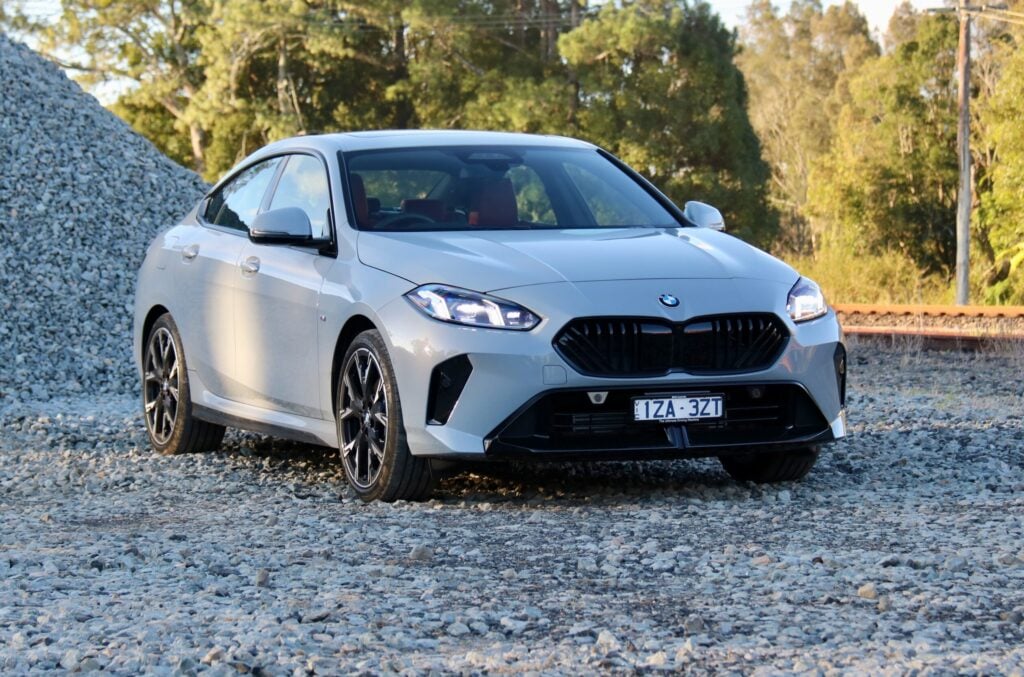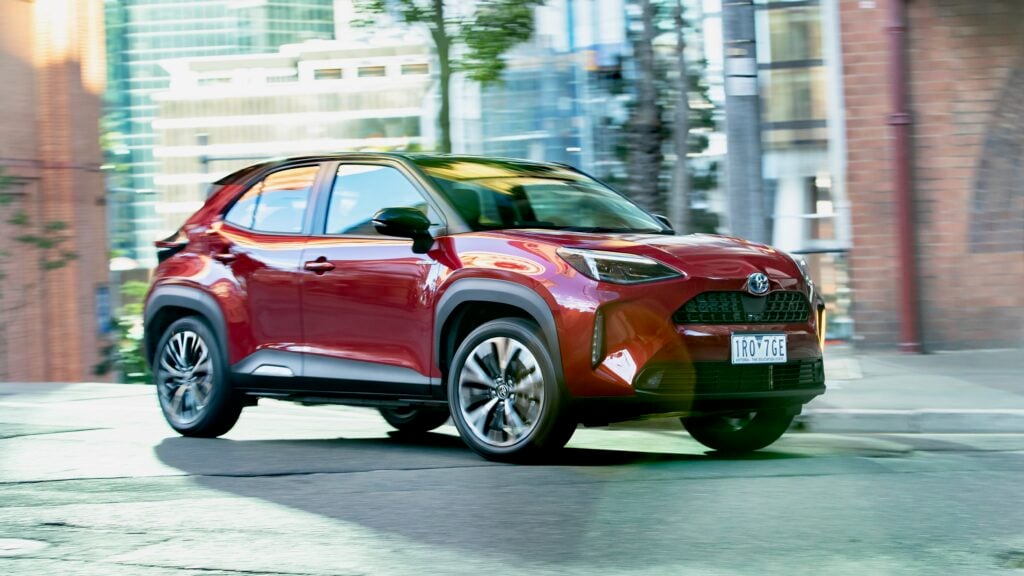Three days after the car’s debut at the Paris Show and three months before the first official drive in Las Vegas, we managed to steal the new Audi R8 away for a real-life encounter on real roads.
This review was first published in MOTOR magazine’s January 2007 issue.
Admittedly it’s from the passenger seat of the gunmetal pre-production mule, but the Gallardo connection even from here turns out to be much more blurred than anticipated.
“The Lamborghini was a good starting point for the r&d team,” concedes project manager Dirk Isgen. “But while it gave us a solid basic concept to work with, the only common elements between the two cars are the transmission and the position of the driveline in the vehicle. Everything else is new and quite different – body, suspension, interior, packaging and character.”
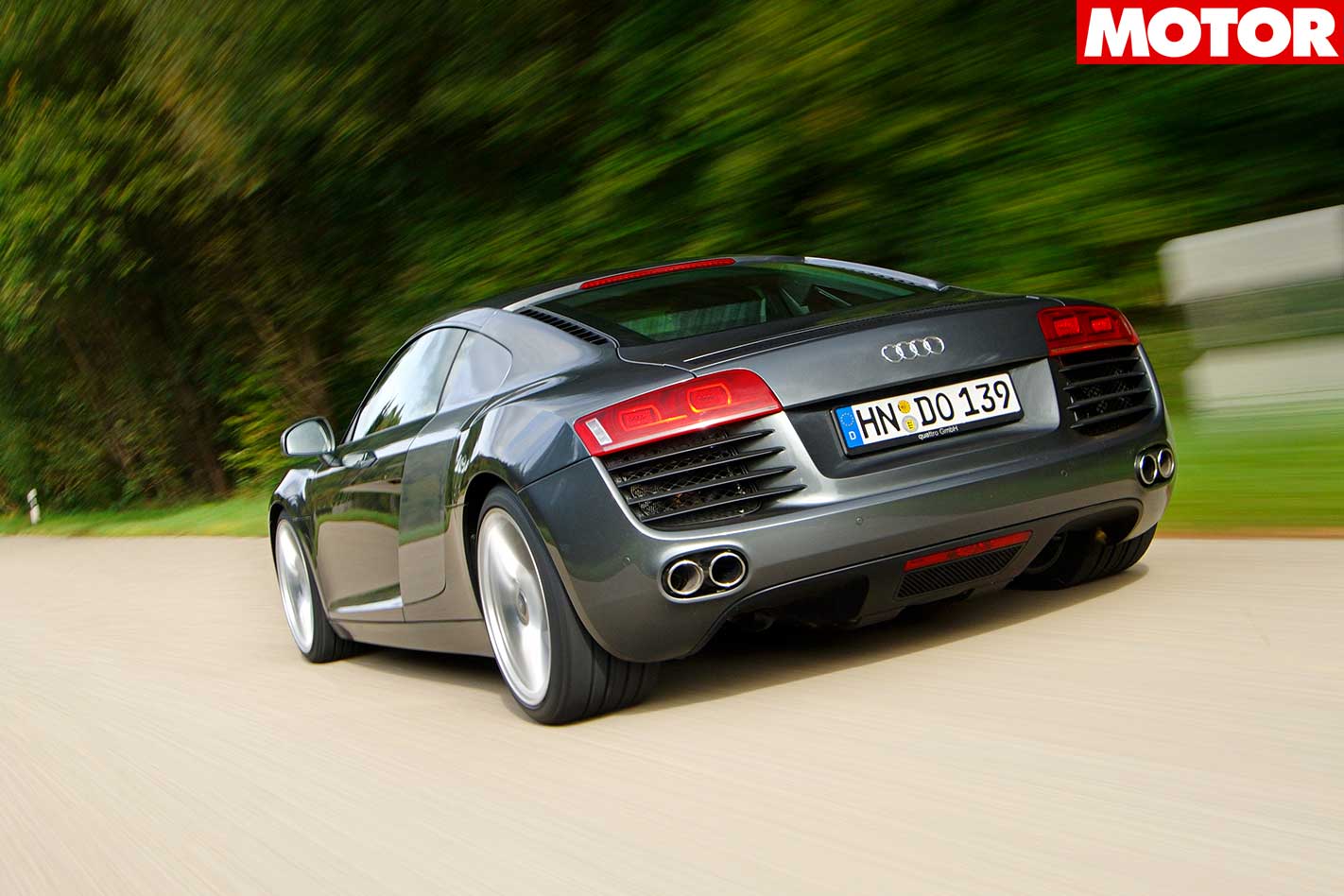
“In addition, the double-wishbone set-up renders itself for a better defined fine-tuning, so manhole covers and transverse ridges are no longer an issue. A 1740 Euro [$2900] option, Magnetic Ride allows you to dial in an extra dose of compliance at the one end and a little more firmness at the other.”

Also conspicuous by its absence was the six-speed R-tronic transmission which adds $12,360 to the list price, in Europe, of $175,000.
At 1560kg, the R8 weighs 130kg more than the V10-engined Gallardo, but give it stick and the 317kW@7800rpm 4.2-litre unit, derived from the RS4 engine, will propel the coupe in 4.6sec from 0-100km/h, 14.7sec from 0-200km/h and in a little over 60 seconds on to a top speed of 301km/h.
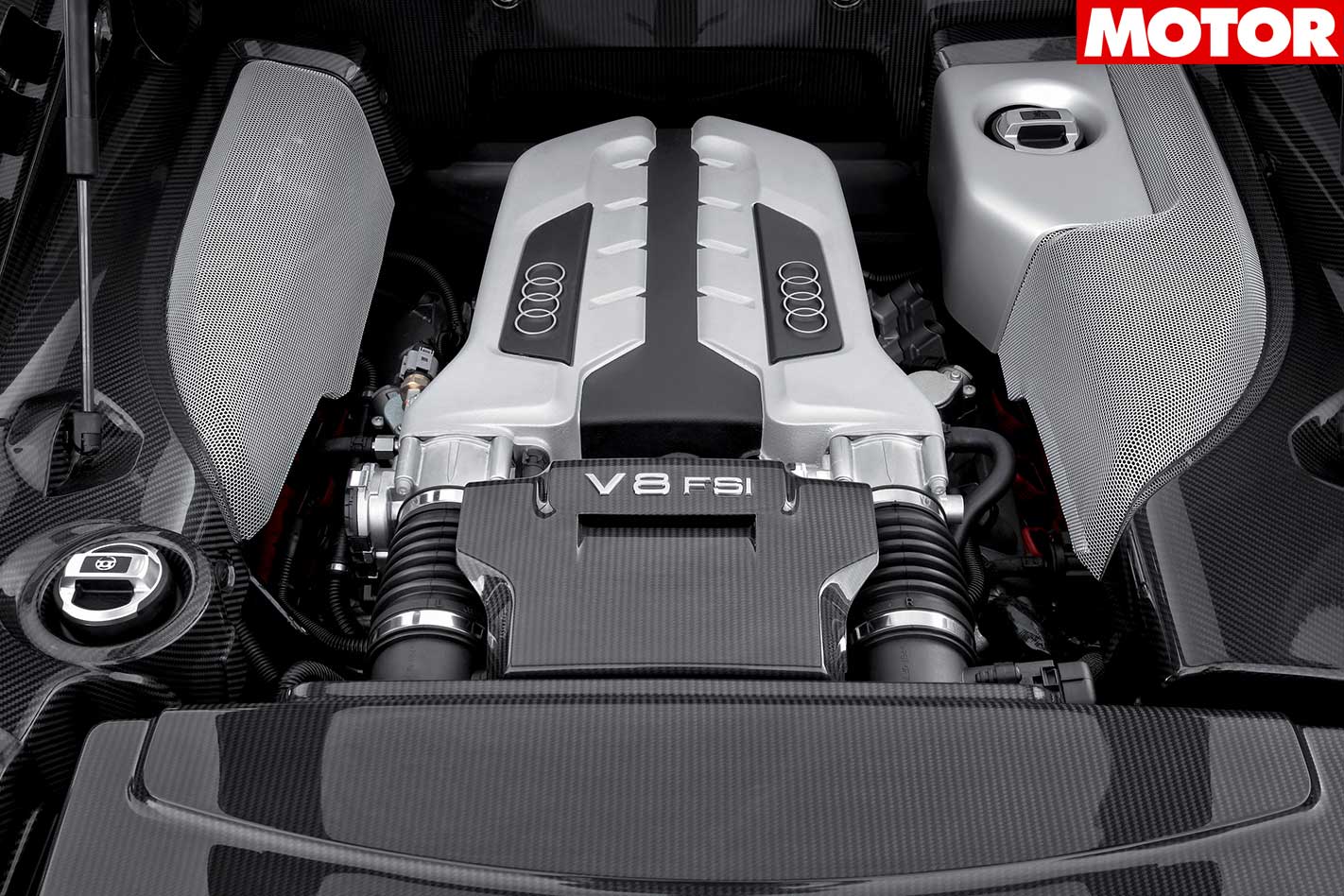
On the second run up through the roller-coaster zig-zags, the coupe behaves true to its master’s words. Even where the road has ragged outer edges which curl towards the apex like ripples on a lake shore, the front suspension feels creamy, smooth and totally unperturbed.
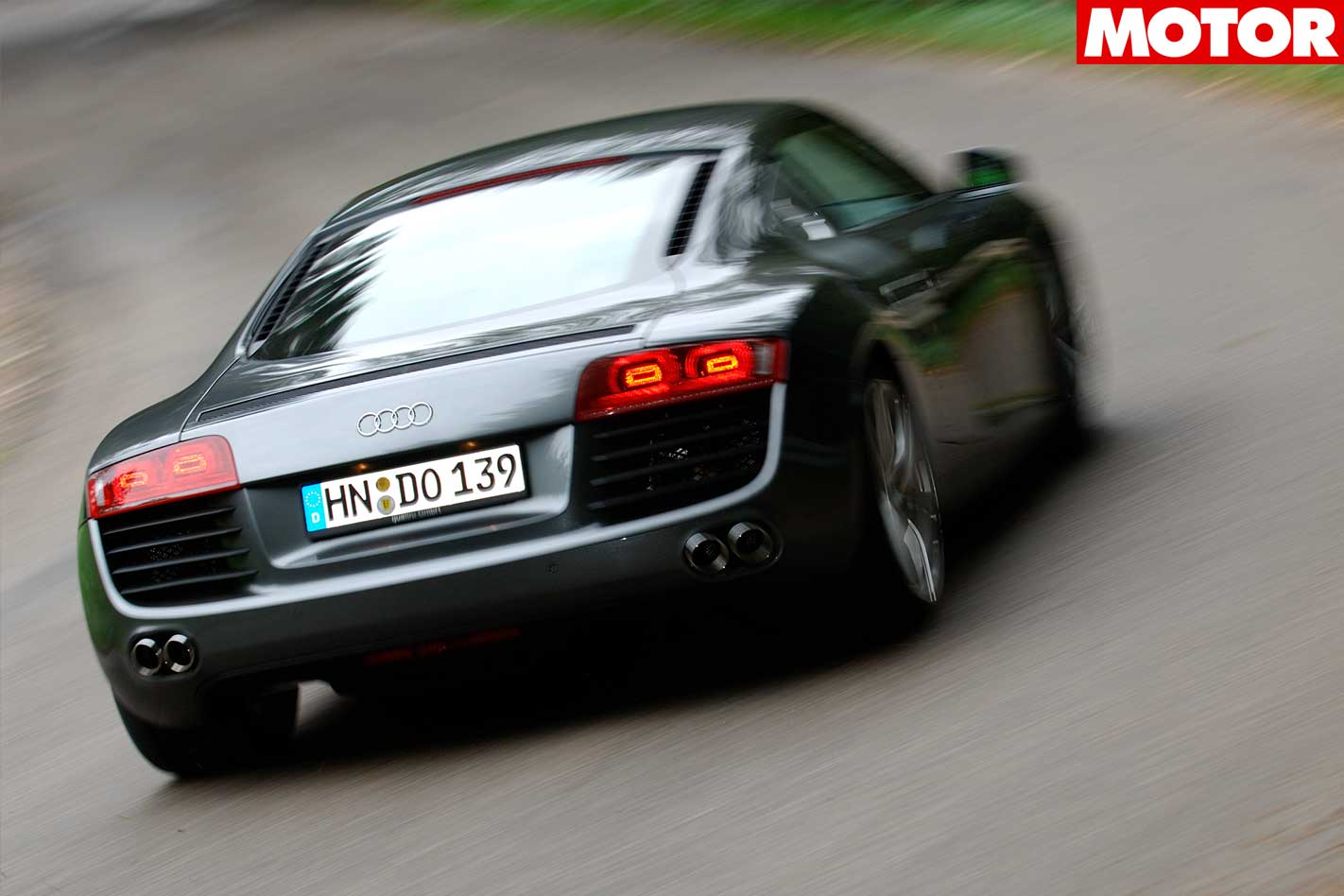
On the return run down the hill, the brakes get a chance to show off, too. “The stopping distance from 100km/h to zero is a best-in-class 34 metres,” claims the proud project engineer. “And that’s even before the optional ceramic discs become available in mid-’07. Deceleration is definitely one of the strong points of this car.”
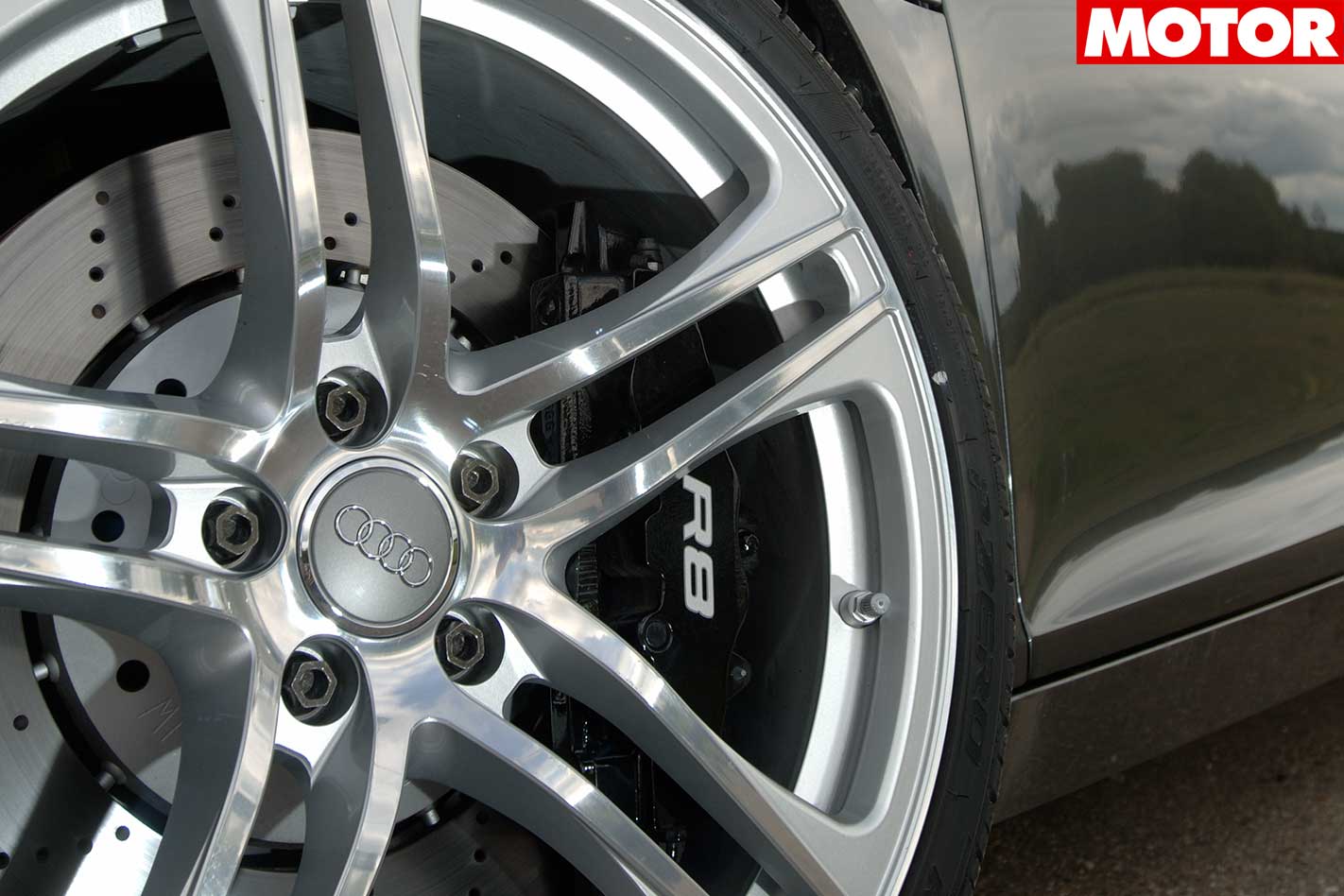
The six cogs of the manual tranny are evenly spaced, so first is more than just a take-off ratio, third is perfect for brisk overtaking manoeuvres, and sixth is a proper driving gear which carries you past the 300km/h threshold.
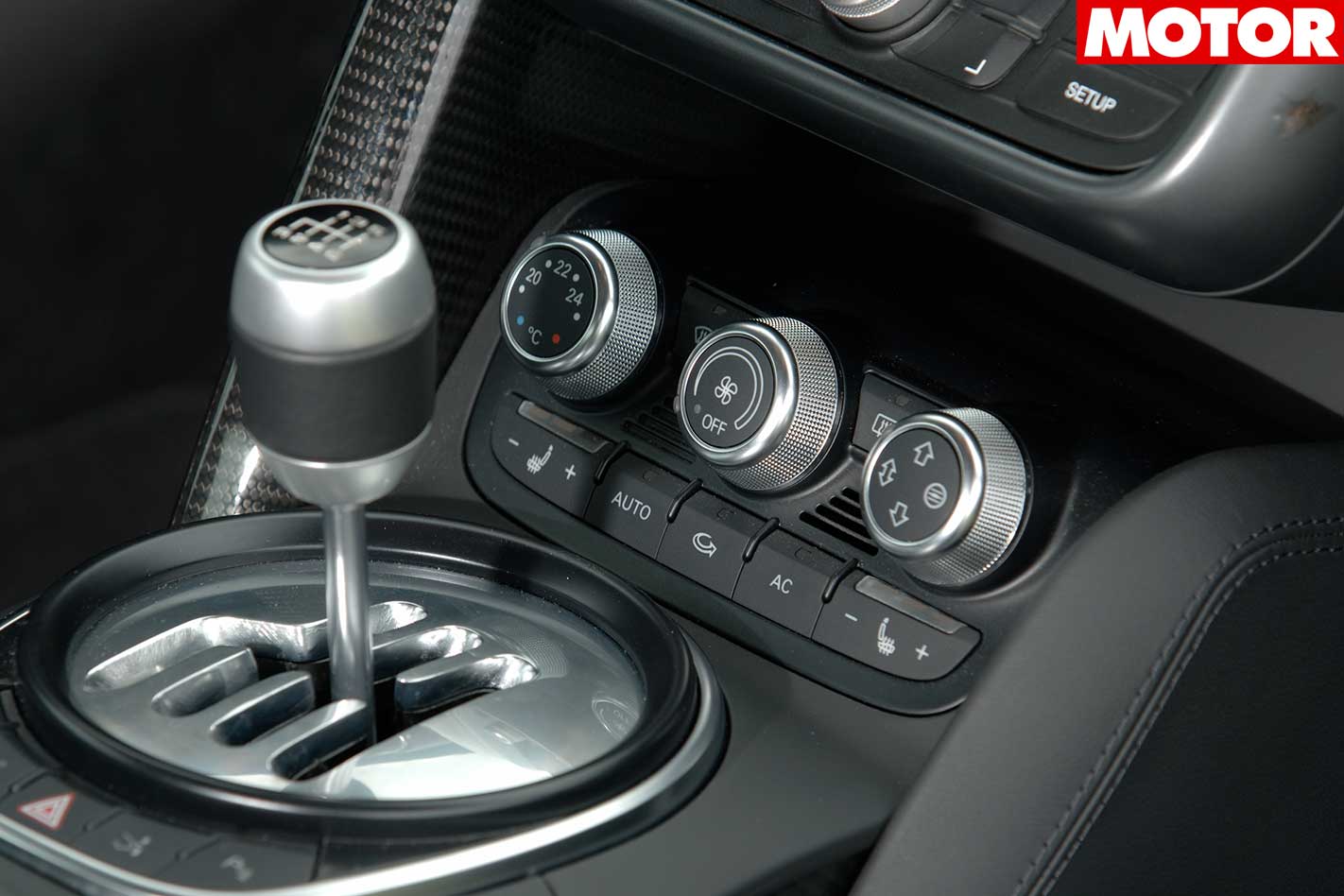
For the next two years at least, production is limited to 15 units a day or about 3750 vehicles per season. What if there is demand for more? “Let the market clamour for more vehicles – it’s good for the residuals and for our brand image.,” answers Isgen.
Of the first 30 allocated to Australia, it’s already too late to get one; at an estimated $238,000, they were all spoken for by the end of the Australian motorshow. Better luck next year!
Fast Facts – 2007 Audi R8 V8
ENGINE: 4.2-litre direct-injection V8 POWER: 317kW @ 7800rpm TORQUE: 430Nm @ 4500rpm WEIGHT: 1560kg 0-100km/h: 4.6sec (claimed) TOP SPEED: 310km/h PRICE: $238,000 (est)
LIKE: Creamy smooth handling; phenomenal brakes DISLIKE: Only 317kW; they won’t make enough of them RATING: 4 out of 5 stars


